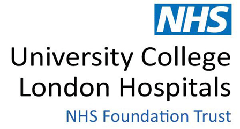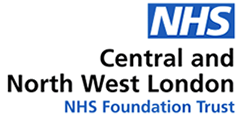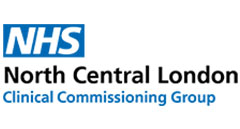
What is Osteoarthritis?
Osteoarthritis is a very common problem for many people. It is the wear and tear process that occurs in joints with age, most commonly the weight bearing joints. The cartilage becomes thinner and gradually roughens. New bone can form at the edge of the joint (osteophytes), the joint space becomes narrower and increased stress on the joint may cause the joint to swell. The muscles can become weaker.
Who gets it?
Anyone can have osteoarthritis as they get older, but you are more likely to get it if:
Common symptoms include:
What happens now?
Everybody is different. Some people only have mild symptoms which do not get worse. However, a few people with osteoarthritis may eventually have a knee joint replacement…
Treatment options
There is no cure for arthritis but there is much that can be done to reduce your pain and increase how much you are able to do.
Medications
Self-help
General advice
Physiotherapy
We use a variety of techniques to help you manage your symptoms, such as walking aids or pain relieving treatments. The best and main form of treatment is exercise.
Home exercises
Exercise is very important to keep the joint moving. It is important to balance rest and exercise, little and often is the best approach. Exercise improves the health of the joint and increases the blood flow around the joint. They can help with your balance as well.
The following exercises can help strengthen your weak muscles and keep your joint moving. This can help ease the pain and stiffness, increase your physical function and reduce your need for painkillers
You can self-refer into community physiotherapy services. Simply call 0207 871 0545 to make an appointment. Your initial contact with one of our chartered physiotherapists may be over the phone, where you will either be given advice on appropriate treatment, or a face-to-face consultation will be arranged.
Should you wish to speak to your GP first, simply make an appointment with your local practice. If your GP refers you, one of our patient care advisers will contact you within 48 hours to arrange an appointment.






Photographs of Camden by Joe Hearsey
Camden MSK logo by Eloise Jones